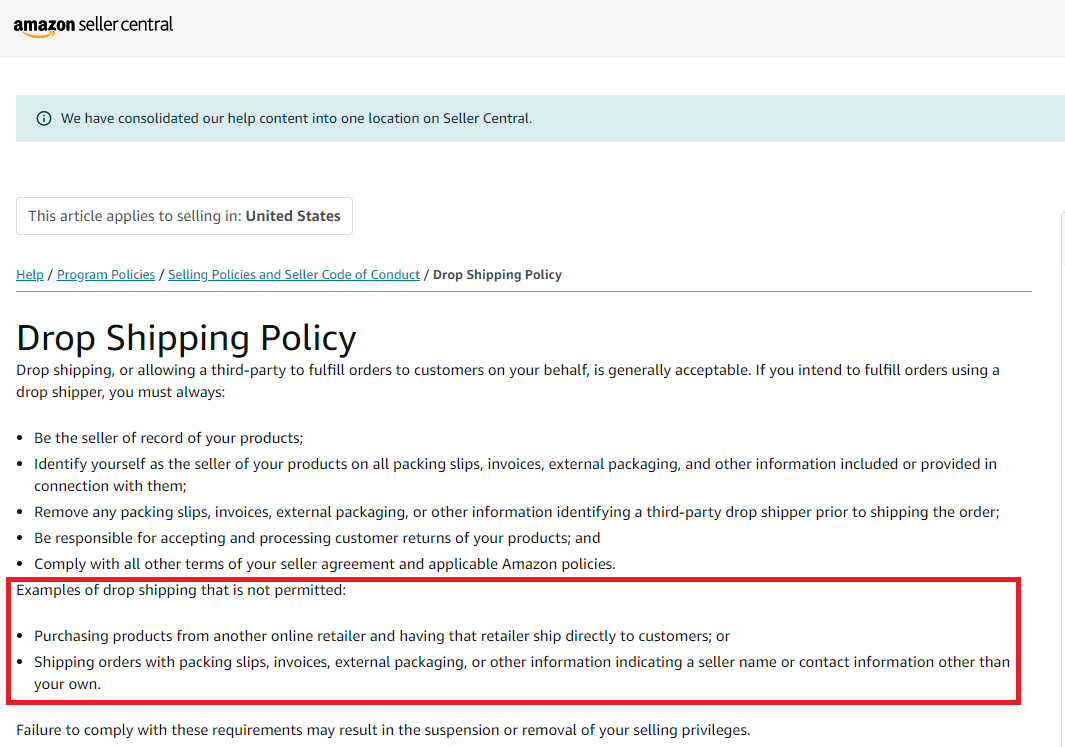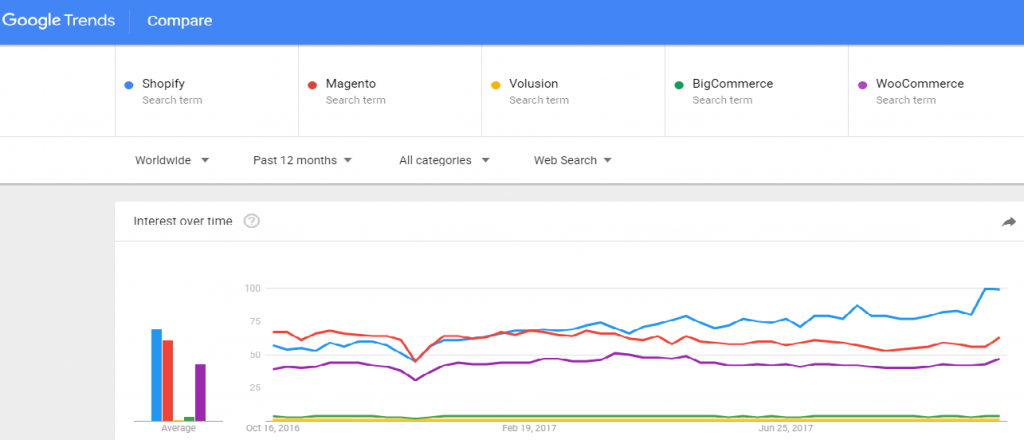Introduction
Our blog covers the most relevant topics for retailers, such as EDI and how it is used in retail and the supply chain. We shared useful information about integration with e-commerce platforms such as Amazon, Shopify, BigCommerce and many others.
In this article, we are going to discuss Global Trade Item Number – GTIN, which is an important topic for all retailers. We will look at what a GTIN is, what it is for, how to get it, why a GTIN is needed in e-commerce and many other important aspects related to global retail and commerce.
What is GS1 US
GS1 US is part of GS1 which is one of the largest non-profit international organizations responsible for identification standardization and bar coding of goods.
GS1 is an international standards organization that develops and maintains global standards for business communication and identification systems. The organization’s main focus is on the development and implementation of barcoding and electronic product code (EPC) standards.
The most widely known of these standards – Barcodes are symbols printed on products that can be scanned electronically.
The GS1 US maintains and develop best practices of the use of a number of other standards that support the supply chain, but the most significant is the GTIN – Global Trade Item Number. GTIN allows products to be uniquely identified around the world and represent the basis of the GS1 system.
GS1 US provides services, education, and support to companies in the United States to help them implement and utilize these standards effectively. The organization facilitates the adoption of GS1 standards, such as the Global Trade Item Number (GTIN), which is a unique identifier for products, and the Global Location Number (GLN), which is used to identify physical locations in the supply chain.
What is Global Trade Item Number GTIN?
Global Trade Item Number is also known as GTIN. The GTIN is a number encoded into a barcode that allows you to identify any trade item. The GTIN barcode uses only numbers. Letters or other symbols are not allowed.
The term trade item refers to an item that is subject to trade. It is a term used mainly in supply chain management. The trade item has one or more distinctive characteristics such as size, composition, appearance, etc. in relation to other goods. Trade items include not only single products, but also whole boxes, pallets, and other shipping containers.
There is a GTIN on every package. It looks like a set of numbers. They are also presented as a barcode so that the scanner can quickly read them. GTIN-marked goods are included in the unified international GS1 database.

It is possible for a batch or multiple batches of the same product to have the same GTIN. However, a new GTIN is registered for each distinct product item.
Any change in a product such as composition, package, net weight, etc. requires a new GTIN.
Since GTIN is an international identifier, the same GTIN number cannot be assigned to another product anywhere in the world.
Why Do Companies Need a GTIN?
A GTIN is an essential part of product labeling. Typically, the manufacturers or importers of the product are responsible for obtaining the GTIN. You cannot generate GTINs yourself, as only GS1 assigns Trade Item Numbers.
Where is the GTIN Used?
GTIN in a global supply chain
The GTIN is required for labeling and logistics in the global supply chain. GTIN allows you to uniquely identify products and find them in databases. It is used at all stages of the supply chain from manufacturers to distributors, namely:
- in distribution centers
- in retail and wholesale trade
- in warehouses
- in 3PL logistics
- in EDI (for example, in documents such as purchase orders and invoices)
- in accounting and so on.
GTIN in advertising
It is also necessary to have a GTIN in order to promote goods online.
For example, to place an official commercial or announcement in the Google advertising service, you need to fill in the “GTIN” column. So the search engine understands what product is being advertised. It checks if they sell a product prohibited by law and looks for alternatives with a different price.
How to Get a GTIN?
It is possible to receive an authentic GTIN in two different ways:

For small businesses, the most cost-effective option is to license individual GS1 US GTINs for $30 each. The identification number is generated automatically in this case.
A second way is to license a GS1 Company Prefix if your business is planning to launch 10 or more products.
This license lets brands create authentic GTINs in bundles of 10, 100, and more. For businesses that license a GS1 Company Prefix, a GTIN is generated from their Prefix.
Companies are linked to products through the Prefix, which represents the first few numbers of the GTIN.
GTINs issued by GS1 US are automatically added to the GS1 Global Registry, a database used by retailers and online marketplaces to verify product identification.
A certificate of ownership will also be provided for either option, ensuring authenticity for retail partners.
The Importance of GTIN for E-commerce
Major retailers, online stores, and marketplaces such as Amazon, require companies to provide a GTIN for all products they deal with.
GTINs are often required by online marketplaces in order to verify that sellers are selling legitimate products and to support inventory management.
Marketplaces may hide your product listings if they are not identified with an authentic GTIN.
The Importance of GTIN for Resellers
Global Trade Item Numbers (GTINs) play a crucial role in the world of reselling products, and their significance cannot be overstated. These unique identifiers are essential for product identification and are integral to efficient supply chain management. Here’s why GTINs are indispensable for resellers like you:
Product Identification: GTINs are like fingerprints for products. Each GTIN corresponds to a specific item, allowing for accurate and standardized identification across various platforms and marketplaces. By using GTINs, resellers ensure that the products they offer are correctly recognized, reducing the risk of confusion and errors during the listing process.
Supply Chain Management: In the vast landscape of global trade, a seamless supply chain is crucial for success. GTINs facilitate efficient supply chain management by enhancing product visibility and traceability. These unique identifiers allow for better inventory management, easier tracking of stock movement, and streamlined order fulfillment processes.
Compatibility with Various Platforms: GTINs adhere to universal standards, making them compatible with multiple e-commerce platforms and marketplaces. As a reseller looking to expand your reach and list products on different online channels, having GTINs associated with your inventory is essential. Many popular e-commerce platforms, including Walmart Marketplace, rely on GTINs for proper product categorization and identification.
By using GTINs, you increase the chances of your products being displayed accurately on these platforms, maximizing visibility and potential sales.
Expert Advice for Resellers on Walmart Marketplace
As a re-seller on Walmart Marketplace, you may have questions about how to handle Global Trade Item Numbers (GTINs) for the products you list. We reached out to a GTIN specialist from GS1 US for expert advice to address your concerns.
According to the specialist, if your company is a re-seller of a product and you are not making any changes to the packaging, adding your brand name, or altering the product in any way, you have to use the original GTIN/UPC provided by the manufacturers. In this scenario, there is no need to create your own Company Prefix (GTIN) via GS1.org. Walmart can identify your brand, as the seller using the existing GTINs associated with the products.
This means that if you have permission from the suppliers and manufacturers to resell products without any modifications, you should utilize the original GTIN/UPC for each product. Doing so will streamline the identification process for Walmart, and you can confidently list your products on their platform.
U.P.C. vs GTIN
A Universal Product Code (U.P.C.) is the most commonly used type of barcode symbol printed on retail product packaging which contains GTIN information.

In retail systems, U.P.C. used to capture GTIN numbers through scanning.
Thus, the U.P.C. represents a barcode symbol with black lines, while the GTIN describes the numbers that identifies a product.
Many online sellers mistakenly believe that a U.P.C. and GTIN are interchangeable and mean the same thing.
As e-commerce has evolved, more and more GTINs are being used on their own in product listings on the Internet. It serves as a link between the physical presence of a product and its digital identity, and it also allows you to verify the legitimacy of the product. As a result of the use of U.P.C. barcodes and GTINs, businesses have the ability to track their products more easily.
A number of online retailers and marketplaces check all GTINs provided to them against the GS1 database. If vendors’ GTINs are found to be invalid, they may be delisted.
Which Products Do Not Require a GTIN?
There is a small category of products that do not need GTIN:
- exclusive – a unique product in a single copy;
- antiques – antiquities are not assigned GTIN;
- handmade – handmade crafts differ from each other, so they cannot have a classifier
- collectible models – which are not mass-produced;
- used products – everything that has already been used by someone cannot have a repeated GTIN.
Benefits of Using a GTIN
GTIN significantly improves the processes associated with the receipt, movement or sale of goods. By using a code reader in warehouse inventory, employee errors are reduced to almost zero because basic tasks are performed automatically.
GTIN also makes it easy to transport goods through customs. Customs checks GTIN numbers on packages and accompanying documents.
Conclusion: All You Need to Know About Global Trade Item Number (GTIN)
GTIN is helpful for working with documentation, organizing, and searching for goods in warehouses and stores (acceptance, accounting, and shipment), in accounting systems, when automating inventory management, in payment documents and when placing orders, in delivery documents, etc. In electronic data interchange (EDI), GTINs serve as links to refer to the master data, which drastically reduces the amount of information transmitted by a trading partner.
Thus, the standards developed by GS1 US and GS1 globally enable businesses to improve supply chain efficiency, enhance product traceability, enable accurate and efficient inventory management, and facilitate electronic data exchange between trading partners. These standards are widely used in industries such as retail, healthcare, foodservice, logistics, and more.
Need Help?
Our company helps retailers launch, automate, and build efficient business processes. If you have questions, please contact us to schedule a free consultation with one of our experts.








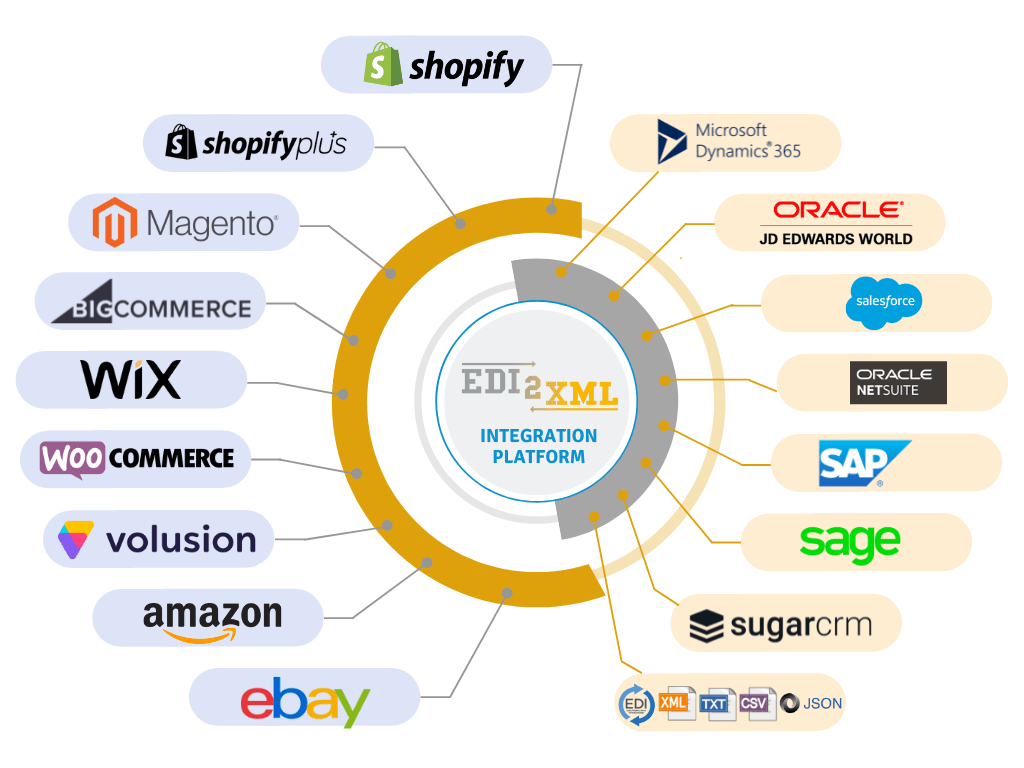

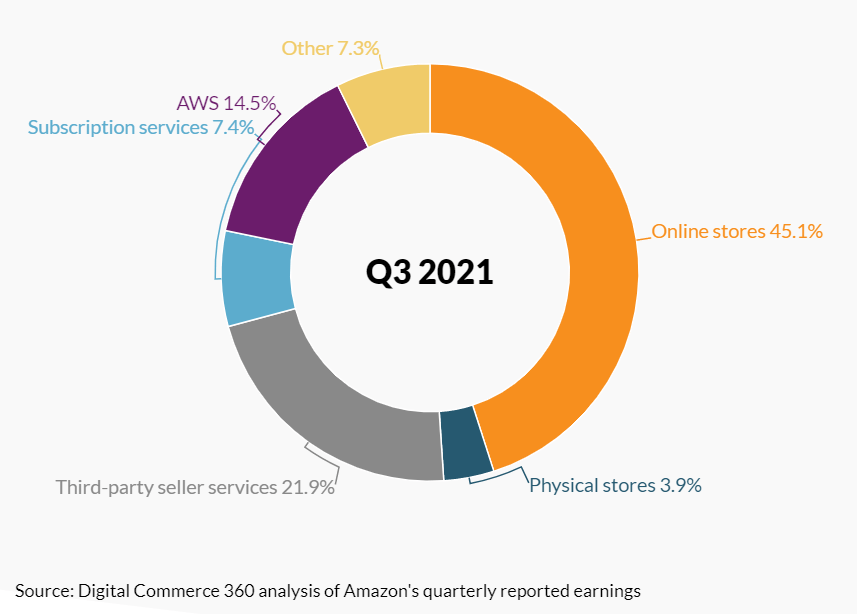


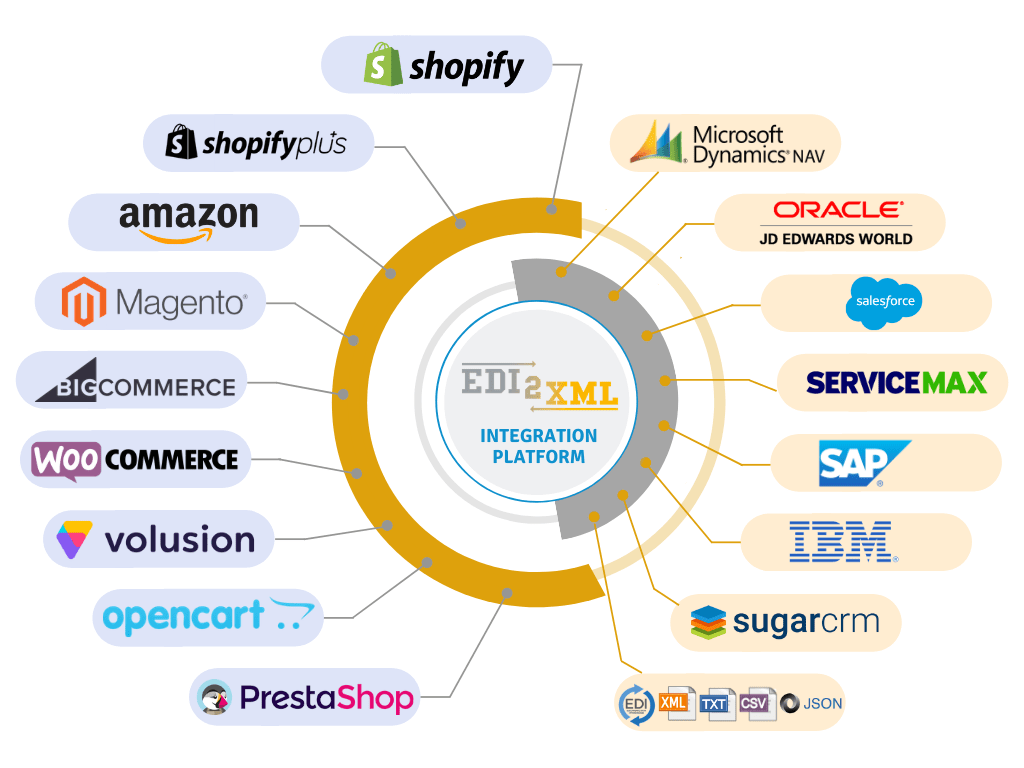









 Arrange with them your price, discounts, returns, your ability to track stock balances and how the goods move to the buyer.
Arrange with them your price, discounts, returns, your ability to track stock balances and how the goods move to the buyer. Often consumers buying from Amazon (and other online shopping platforms) do not even know (and do not want to know) according to which sales scheme they buy goods. They come to Amazon mainly because they want to quickly and conveniently place an order, have quality feedback from the seller, and quickly receive goods.
Often consumers buying from Amazon (and other online shopping platforms) do not even know (and do not want to know) according to which sales scheme they buy goods. They come to Amazon mainly because they want to quickly and conveniently place an order, have quality feedback from the seller, and quickly receive goods.